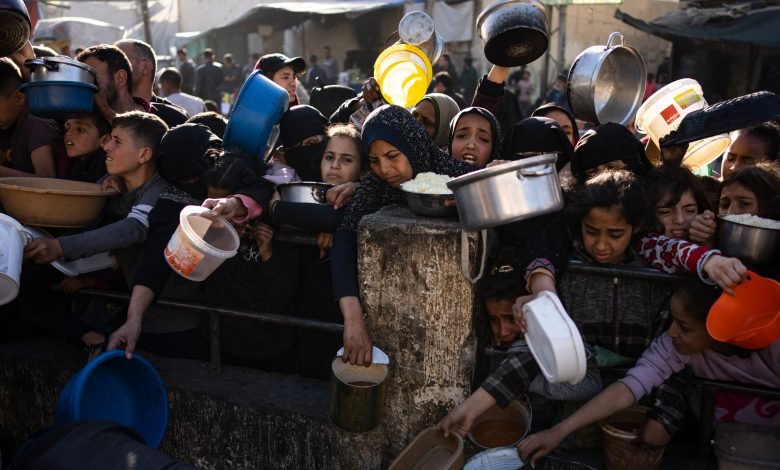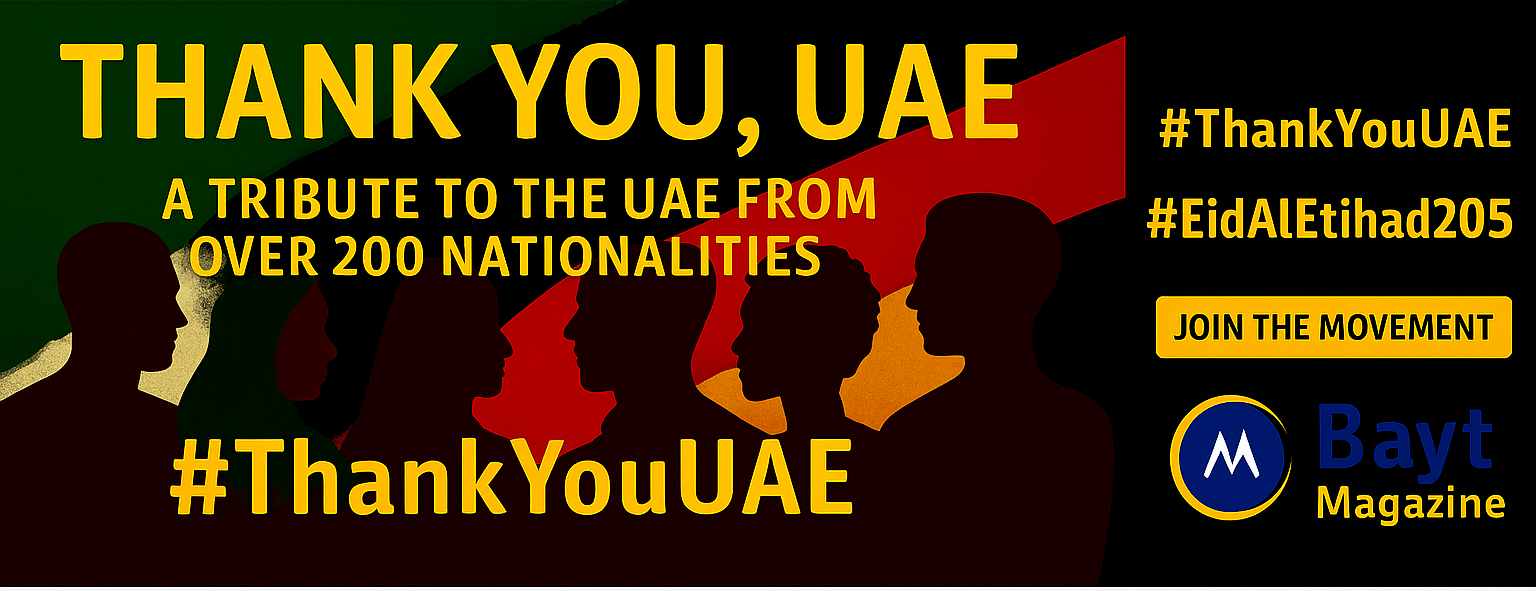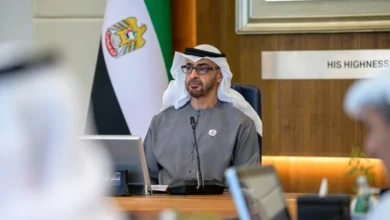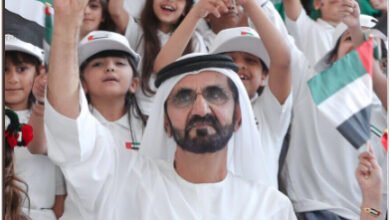
No Exit, No Mercy: A Tragedy Named Gaza
In Gaza, mercy is as scarce as the possibility of movement, as rare as the chance to breathe without the weight of occupation pressing down on every inhale. Here, two million souls exist — not live, but merely exist — in a stretch of land so brutally constricted by siege that even the most fundamental human emotions cannot escape its confines. The sky above, watched by drones and warplanes; the land around, sectioned by concrete walls and watchtowers; and the sea before them, patrolled by gunboats that turn fishermen into targets. All guarded with military precision, all weaponized against civilian life. The borders don’t just imprison physical bodies; they incarcerate something far more profound. They trap dreams that might have soared, generations that might have prospered, and the slow, grinding violence of existing beneath the constant shadow of war. This is not merely a conflict in the traditional sense of military engagement — it is the systematic, calculated industrialization of human suffering, refined over years into a science of collective punishment.
Siege as a System
Since 2007, Gaza has been hermetically sealed by a blockade that functions like a sophisticated machine, designed to disable its economic arteries, restrict the flow of basic survival supplies, and transform the simple act of daily survival into a logistical nightmare that borders on the impossible. Electricity arrives in unpredictable flickers, like morse code signaling distress. Clean water, a basic human right everywhere else, has become a luxury so rare that families ration it like precious medicine. Hospitals, these sanctuaries of healing, operate with ghost budgets and perpetually dwindling supplies of blood bags, forced to choose which lives to save when resources run dry.
During military escalations — as witnessed in the devastating 2023 bombardment — the blockade undergoes a grotesque metamorphosis, transforming from systematic cruelty into outright carnage. Ambulances, marked with international symbols of medical neutrality, are denied entry at checkpoints while the wounded bleed inside. Journalists attempting to document the reality are systematically targeted, their cameras silenced along with their voices. Entire families, generations of stories and dreams, are erased from existence before international news wires can even record their names for posterity.
- UN reports note that over 75% of Gazans are food insecure, living in a constant state of hunger or fear of hunger, and 95% of the water is undrinkable, contaminated beyond safe consumption standards.
- Over 50% of Gaza’s population are children. For these young souls, siege is not an aberration but the only reality they’ve ever known, their entire worldview shaped by walls and restrictions.
The World’s Averted Gaze
Even as global cameras reluctantly swivel toward Gaza during moments of extreme violence, the world’s political machinery remains either deliberately idle or actively complicit in the ongoing catastrophe. Carefully crafted statements from Western diplomats emphasize abstract concepts like “restraint,” “both sides,” and “security concerns” — rarely daring to name the fundamental structural imbalance or acknowledge the devastating civilian toll that mounts with each passing day.
The same governments that rushed humanitarian aid and military support to Ukraine with admirable speed now stall and equivocate over humanitarian appeals for Palestinians. The same social media influencers who wear charitable causes like fashion accessories avoid Gaza like a moral contagion, fearing the career implications of speaking out.
“Neutrality in the face of oppression is not balance. It is betrayal.” — Excerpt from UN rapporteur briefing
Humanity in the Crosshairs
There is a haunting poem that circulates through online spaces, written by a young Gazan whose name remains unknown:
“We are not numbers / but we count the days / and the dead.”
This is a territory where children’s artwork has evolved to include detailed sketches of bombs instead of flowers, where young dancers must rehearse their art among concrete rubble, where dedicated surgeons perform critical operations by the dim light of iPhone flashlights during endless power cuts. Every ordinary act in Gaza — cooking a family meal, commuting to what remains of work, kissing loved ones goodbye — is perpetually shadowed by the imminent possibility of sudden annihilation.
From diaries shared by Gazan youth:
- “Last week, I lost my cousin. He was 12. He died watching cartoons when the missile hit.”
- “We bury so many, I forget their names. I never forget their eyes.”
The Language of Dehumanization
Language has long been wielded as a sophisticated weapon against Gaza, its sharp edges cutting through truth with surgical precision. Global headlines and mainstream media outlets consistently soften the raw horror of reality with carefully chosen euphemisms — “clashes” whispers where “massacre” should thunder, “militant strongholds” obscures the targeting of civilian neighborhoods, and “collateral damage” drapes a sanitized veil over the bodies of children killed in their beds. These meticulously selected words don’t just sanitize reality; they fundamentally alter our perception of what constitutes acceptable human suffering. They transform war crimes into statistics, and civilian casualties into footnotes in geopolitical narratives.
To say “conflict” is to imply a battle between equals, a dangerous linguistic sleight of hand that distorts the fundamental power imbalance at play. But Gaza does not command tanks that can level neighborhoods at will, does not possess warplanes that can rain destruction from above, nor does it have sophisticated missile shields to protect its civilians. What Gaza holds instead are people — teachers who conduct classes in bomb shelters, doctors who operate by candlelight, children who can distinguish between different types of explosions — and memories that burn brighter with each passing day of siege.
Terms like “self-defense” have become convenient cloaks for the deployment of disproportionate force, linguistic shields behind which military operations hide their true nature. Words like “terrorist” are deployed strategically to erase decades of context, to justify the systematic extermination of hope along with human lives. These carefully constructed narratives serve to distance the global audience from the human reality of Gaza’s suffering.
Our moral vocabulary must be rewritten, lest we mistake complicity for caution, and silence for peace.
Final Plea: Let Gaza Breathe
There is no exit from Gaza — not by land where checkpoints strangle movement, not by sea where gunboats patrol the horizon, not through global conscience which remains stubbornly dormant. And there is no mercy to be found — not from the relentless airstrikes that shatter both buildings and dreams, not from the suffocating embargoes that turn basic necessities into luxuries, not from the diplomatic inertia that masquerades as peacekeeping. This article does not serve as an obituary, because Gaza, despite everything, refuses to die. But it is bleeding, profusely and persistently, its wounds visible to all who dare to look.
Let those in positions of power not hide behind the excuse of ignorance. Let readers not shield themselves with the comfort of emotional distance. Let Gaza breathe — before its enforced silence becomes humanity’s eternal shame.




